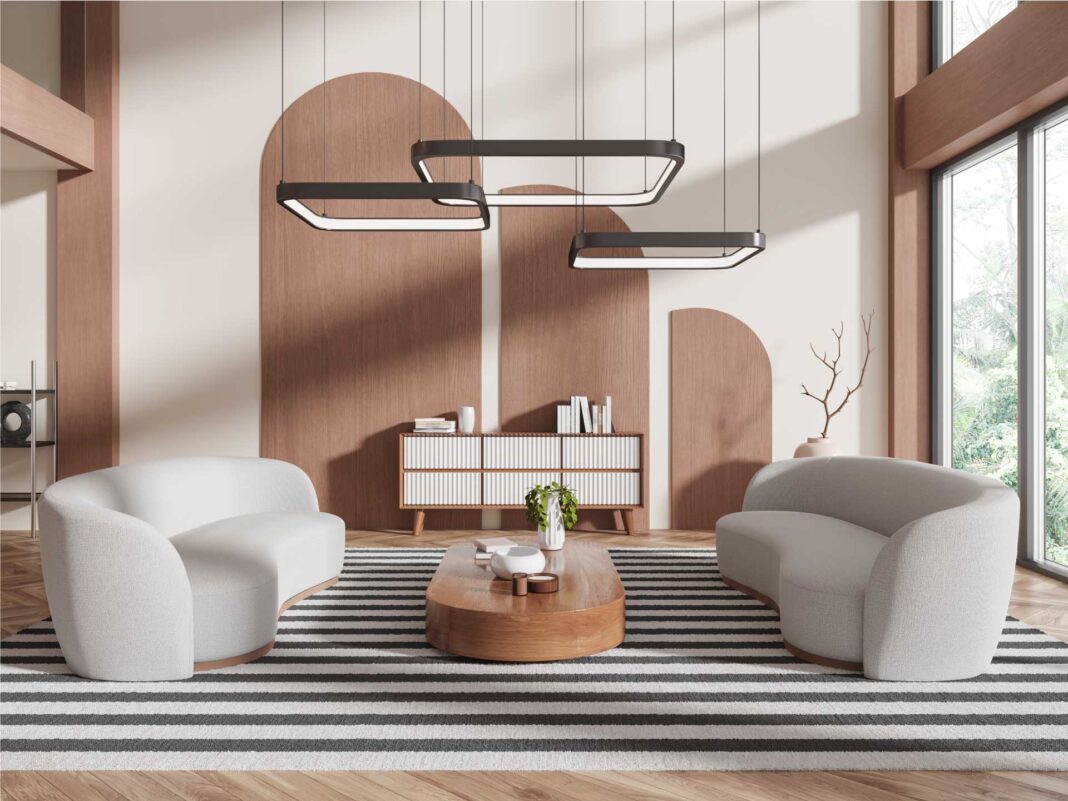Rooted in both science and art, neuroaesthetics explores how the brain responds to visual and spatial stimuli. Initially focused on art, its principles have quickly extended to architecture, interior design, and the way we perceive our surroundings
The term was coined in 2002 by neuroscientist Semir Zeki, who studied the brain’s impulses in response to visual art. Soon after, it crossed into interior design and architecture under the name Neurodesign. The idea is simple: decorate with an understanding of how the brain reacts to visual and spatial stimuli. For enthusiasts of conscious design and wellness, this often translates into gentle curves, calming colours, soft natural light, and a sense of visual order.
Neuroaesthetics is one of the most intriguing and forward- looking trends in interior design and architecture. It doesn’t seek merely to make a space beautiful, but to generate real wellbeing through conscious sensory stimulation. Carefully designed interiors with neuroaesthetics in mind can reduce stress, enhance concentration, stimulate positive emotions, and support mental health and wellbeing.
Key principles of neurodesign are soft curves and organic shapes, which the brain associates with safety, calm, and flow, and emotionally intelligent colours in warm natural tones like terracotta, soft greens, or gentle blues to foster wellbeing. Highly saturated, high-contrast combinations such as red-green, blue-orange, or yellow-violet are avoided, as they can be visually overwhelming.
Neuroaesthetics also prioritises natural light, which helps regulate our biological clocks and circadian rhythms. Interiors are designed to maximise indirect, diffused, and soft light. In some environments, like hospitals or offices, lighting systems mimic the natural changes in daylight throughout the day. Another essential feature is nature (biophilia). Integrating plants or materials like wood, stone, and clay, and introducing natural sounds and green views, calms the limbic system, improving concentration and creativity while lowering heart rate.
Neuroaesthetic spaces are uncluttered, symmetrical, and proportioned harmoniously. Clearly defined zones help the brain process the environment and reduce mental stress. Multi-sensory stimulation is encouraged through textures, sounds, and aromas, which create a healthy sensory immersion, rather than the flatness of a one- dimensional or artificial environment.
The benefits extend far beyond the home. In offices, neurodesign can boost productivity and reduce burnout. In shops, it encourages spending. In hotels and spas, it maximises emotional comfort, and in hospitals, it can accelerate patient recovery.
The result is a design philosophy that not only looks good but feels good, shaping spaces that nurture mind and body.



